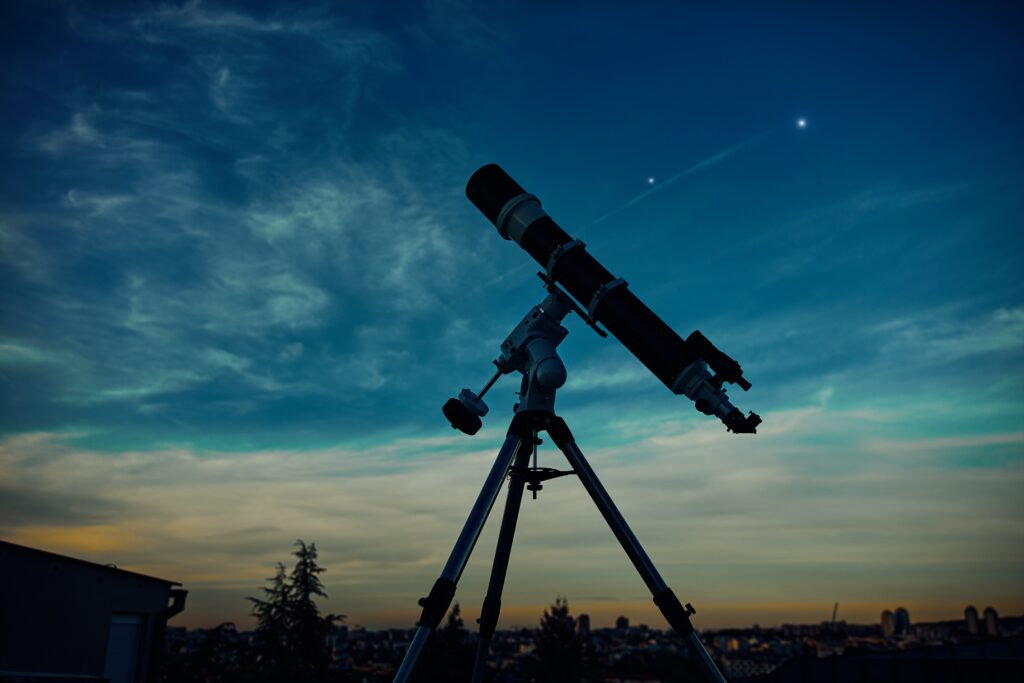The Euclid space telescope took an amazing picture of an Einstein ring. This happens when a galaxy’s gravity bends light from another galaxy behind it. The image shows the nearby galaxy NGC 6505 with a bright circle around it. This circle forms as light bends around the closer galaxy.
“This discovery is rare and exciting,” said Prof. Stephen Serjeant from the Open University. “Finding a perfect Einstein ring is very hard. It lets us see a distant galaxy through warped space.”
How Gravity Bends Light
Einstein’s theory of relativity says large objects in space bend light. This bending turns galaxies into cosmic magnifiers. These Einstein rings help scientists find hidden galaxies. They also help them measure the mass of the closer galaxy, including dark matter.
Uncovering the Universe’s Dark Secrets
Experts think that NGC 6505 consists of about 11% dark matter. This amount is small compared to the whole universe. Understanding dark matter and dark energy is the main goal of the Euclid project. The European Space Agency leads this €1bn project.
Euclid aims to make a detailed 3D map of the universe. It can find galaxies up to 10bn light-years away. Scientists hope this research will help them learn more about dark matter and dark energy. These forces cause the universe to expand faster.
Discovering New Space Mysteries
NGC 6505 is 590m light-years from Earth. The hidden galaxy behind it sits 4.42bn light-years away. Euclid’s powerful cameras helped reveal this hidden object.
“It is amazing that we found this ring in a well-known galaxy first seen in 1884,” said Dr. Valeria Pettorino from ESA. “Even after many years, Euclid continues to find new things. This proves its great ability to reveal hidden wonders in space.”
